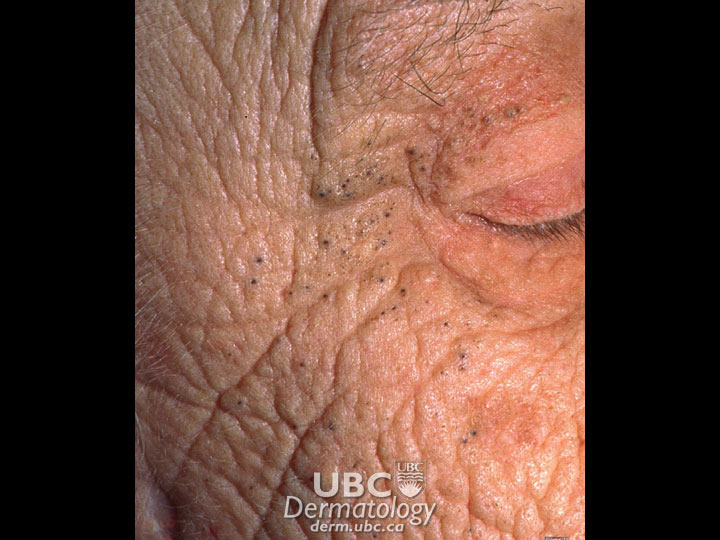Overview: What is sun damage and premature skin aging?
The information in this section has been gathered from existing peer-reviewed and other literature and has been reviewed by expert dermatologists on the CSPA Medical Advisory Board.
Skin ages prematurely from prolonged exposure to ultraviolet (UV) radiation from the sun. In fact, UV radiation is the most important factor in premature skin aging, accounting for about 90 percent of the symptoms.
 sundamage-1
sundamage-1
Damage to the skin caused by excessive sun exposure can be:
- Acute, which can be caused by as little as a few hours exposure, producing the reddened, blistered skin commonly known as sunburn
- Chronic, which is caused by the accumulated exposure of skin to the sun throughout a person’s life, producing photodamage or photoaging and, in more and more cases, worrying pre-cancerous lesions and skin cancers. This chronic damage can occur even from sun exposure that does not induce sunburn.
UV radiation comes in two forms:
- UVA radiation
- UVB radiation is the most harmful type of ultraviolet radiation. It is nearly 1000 times more capable of inducing sunburn than UVA rays. UVB tends to peak in intensity between 11 a.m. and 4 p.m. in summer. While UVB does not penetrate deep into the skin, it can damage the DNA at the heart of skin cells and is one of the foremost causes of skin cancer. UV radiation also irradiates white blood cells, thereby suppressing the body’s immunity. It takes about two weeks for your immune system to recover after a sunburn.
Sun damage is permanent and irreversible. It also accumulates, so that damage to the skin from one year is added to the damage done in previous years. This explains why the elderly are more prone to skin cancer. Fair-haired, pale-skinned people are the most vulnerable to sun damage, but all skin types are at risk. Other factors that contribute to premature skin aging include:
- Smoking
- Tanning studios (there is no such thing as a “safe” tan)
- Pollution (particularly ozone) and
- Rapid weight loss.
In addition, sun exposure has been linked to these conditions:
Actinic Keratosis (AK): AK is strongly associated with UV exposure and sun damage, and it is the most common form of precancerous skin lesions (pre-malignant) in humans. The lesions can develop into squamous cell carcinoma (Skin Cancer: Non-Melanoma section), a form of non-melanoma skin cancer that may ultimately lead to death. Risk factors include being over the age of 40, being exposed to high levels of UV radiation, and having a weak immune system.Basal Cell Carcinoma (BCC): BCC is the most frequent type of human cancer. It is associated with chronic sun exposure and occurs mostly on exposed areas such as the face and the trunk. To read more on BCC, visit the Skin Cancer: Non-melanoma section.
Squamous Cell Carcinoma(SCC) SCC is a skin cancer caused by excessive cumulative (long term) sun exposure. These are usually scaly, non-healing spots on sun-exposed areas of the skin. To read more on SCC visit the Skin Cancer: Non-Melanoma section.
Melanoma: The most dangerous form of skin cancer, melanoma is a cancer of the pigment-producing cells of the skin. It can appear as a dark tumour, although this is not always necessary. If untreated, it can spread to lymph nodes and other bodily organs, and it can cause death.











